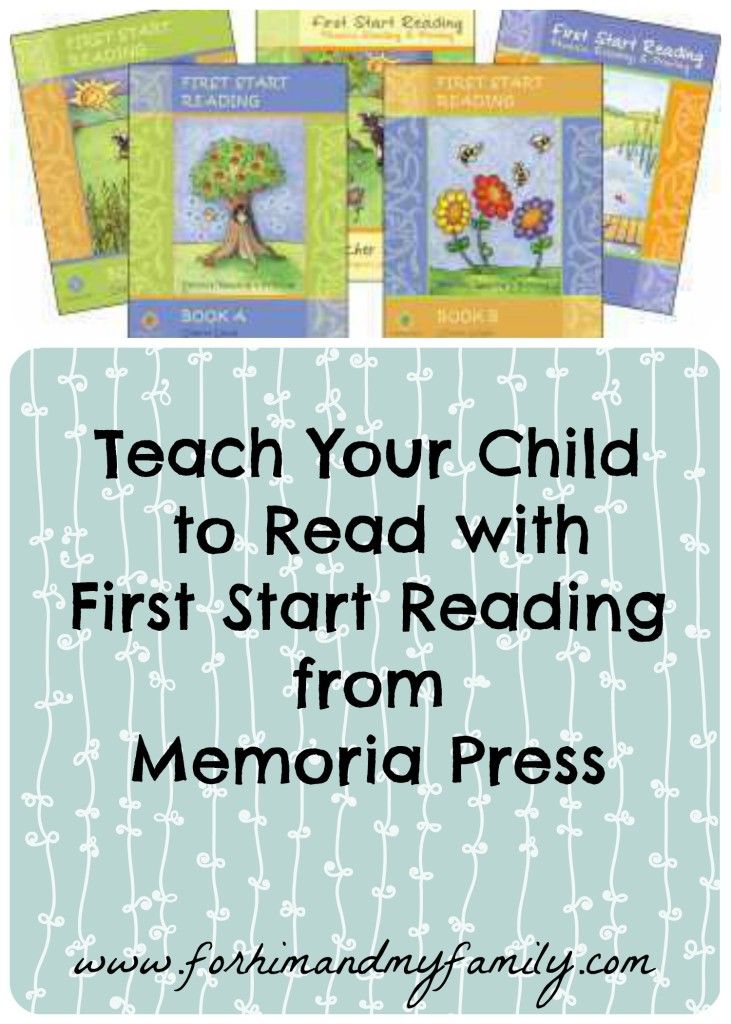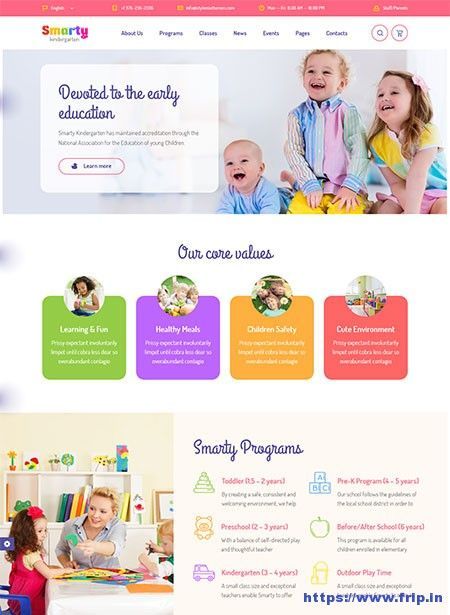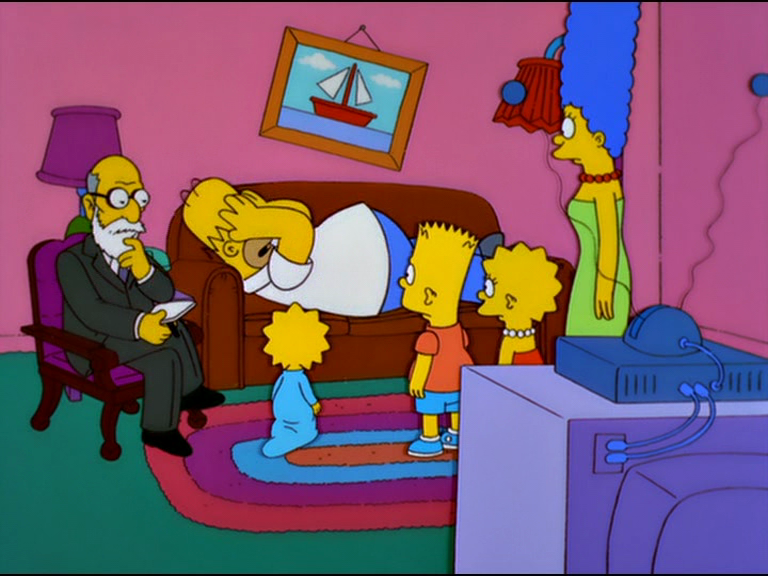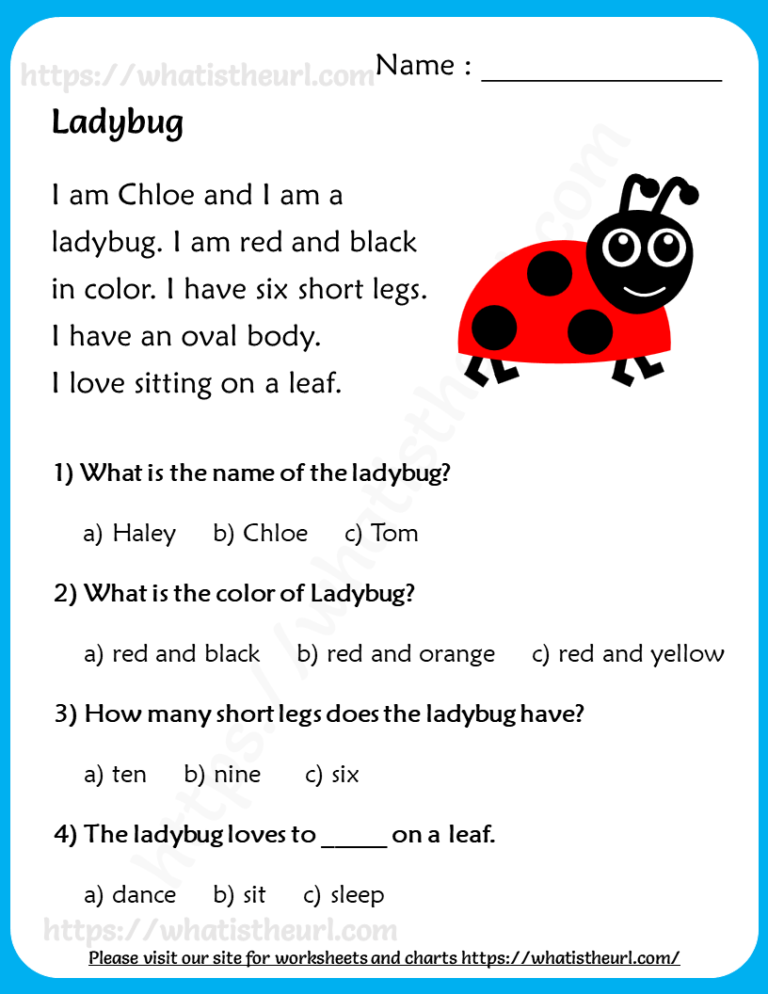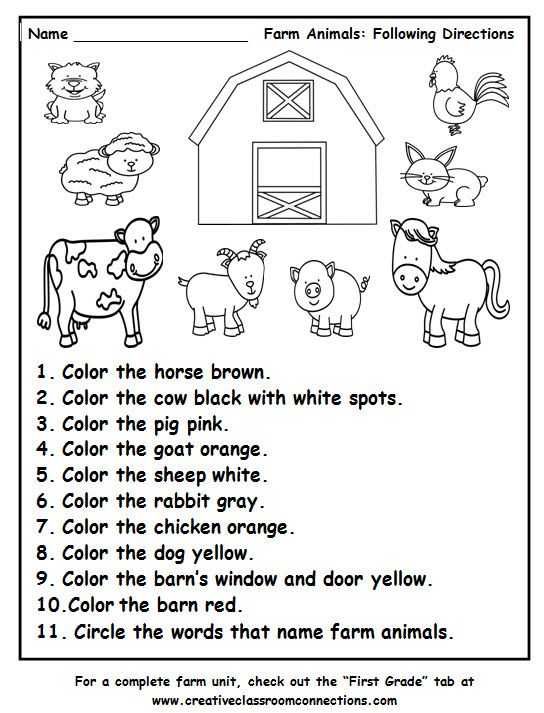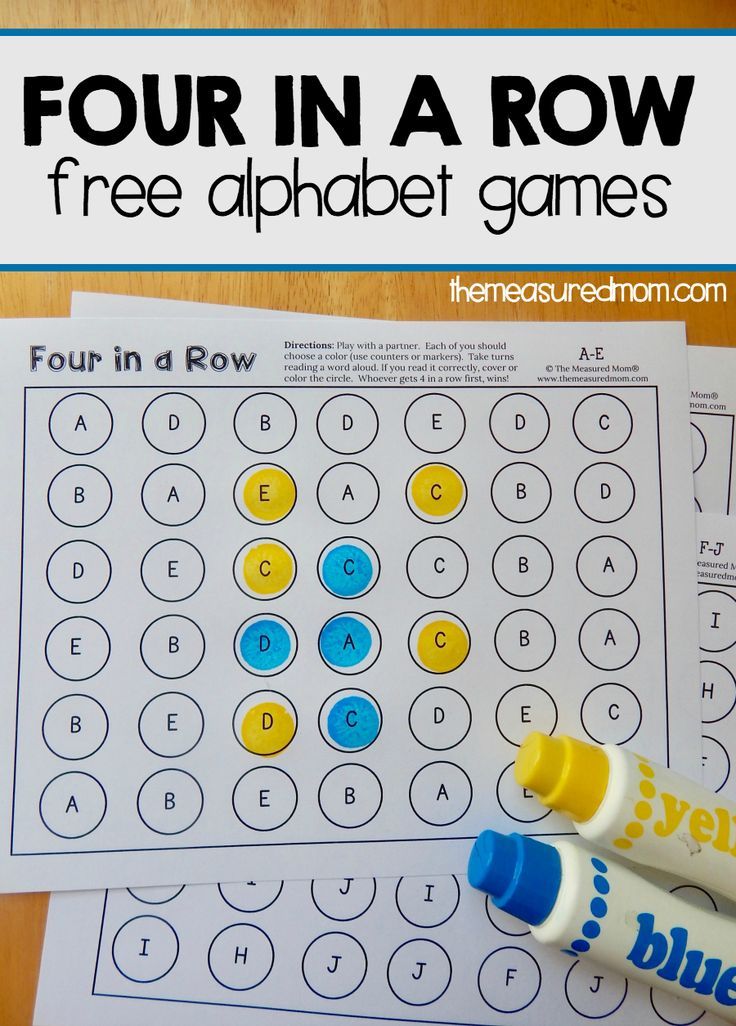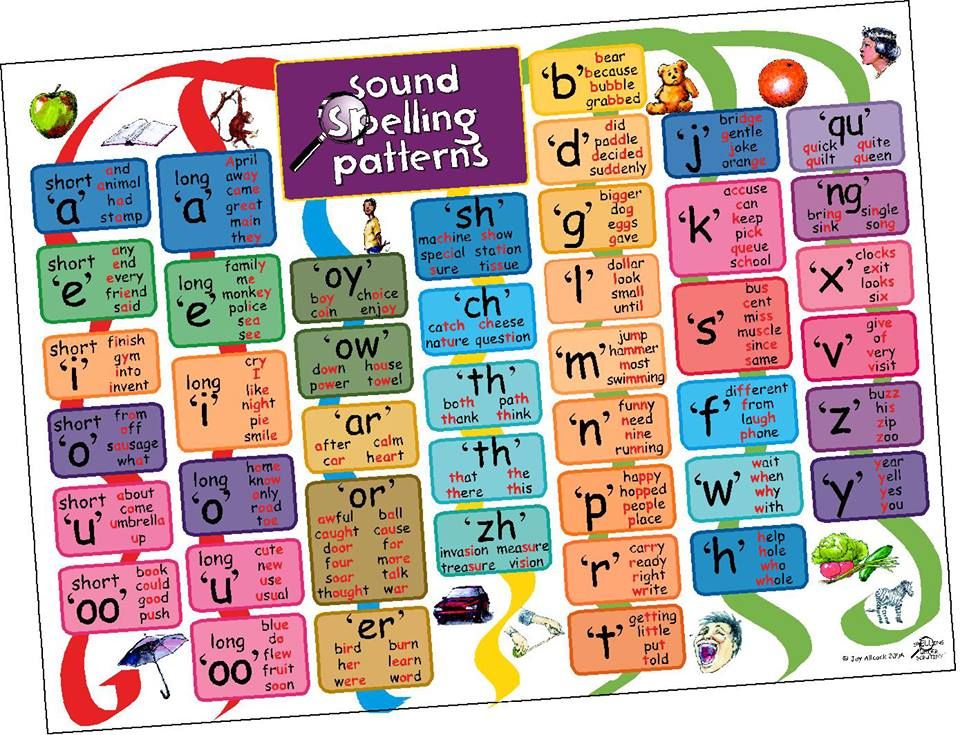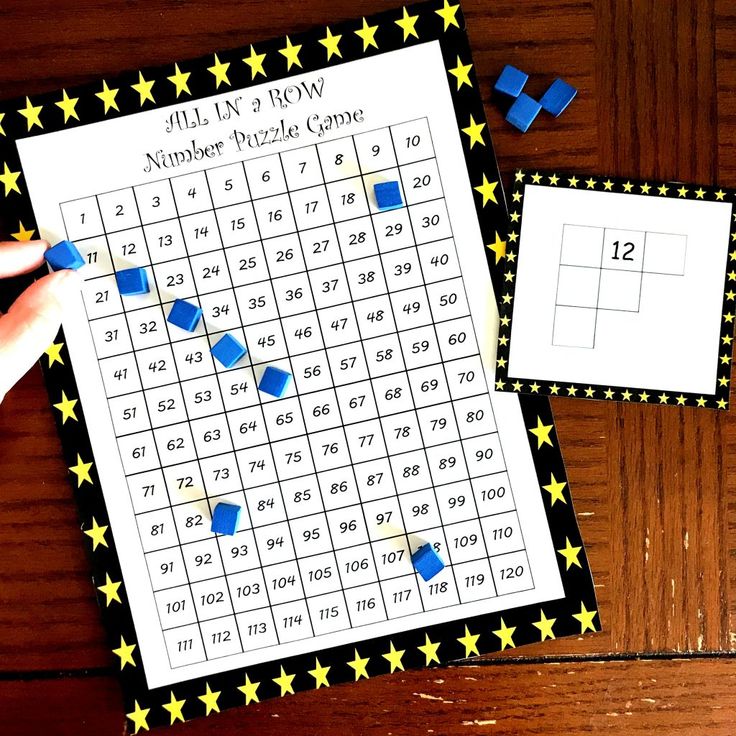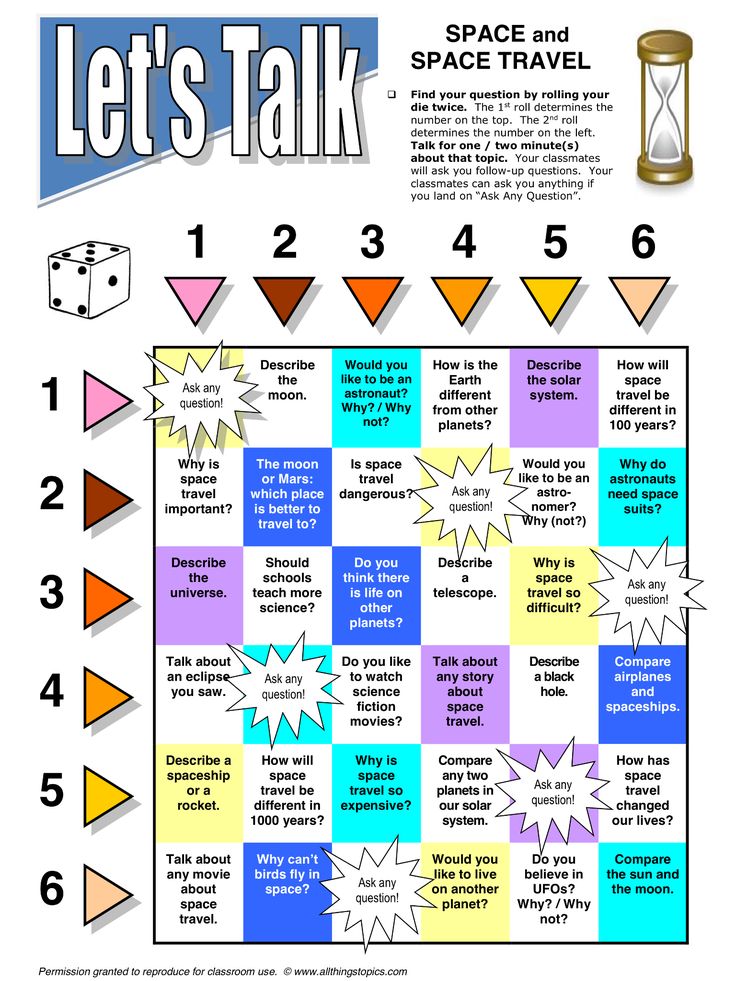Teaching your children to read
9 Fun and Easy Tips
With the abundance of information out there, it can seem like there is no clear answer about how to teach a child to read. As a busy parent, you may not have time to wade through all of the conflicting opinions.
That’s why we’re here to help! There are some key elements when it comes to teaching kids to read, so we’ve rounded up nine effective tips to help you boost your child’s reading skills and confidence.
These tips are simple, fit into your lifestyle, and help build foundational reading skills while having fun!
Tips For How To Teach A Child To Read
1) Focus On Letter Sounds Over Letter Names
We used to learn that “b” stands for “ball.” But when you say the word ball, it sounds different than saying the letter B on its own. That can be a strange concept for a young child to wrap their head around!
Instead of focusing on letter names, we recommend teaching them the sounds associated with each letter of the alphabet. For example, you could explain that B makes the /b/ sound (pronounced just like it sounds when you say the word ball aloud).
Once they firmly establish a link between a handful of letters and their sounds, children can begin to sound out short words. Knowing the sounds for B, T, and A allows a child to sound out both bat and tab.
As the number of links between letters and sounds grows, so will the number of words your child can sound out!
Now, does this mean that if your child already began learning by matching formal alphabet letter names with words, they won’t learn to match sounds and letters or learn how to read? Of course not!
We simply recommend this process as a learning method that can help some kids with the jump from letter sounds to words.
2) Begin With Uppercase Letters
Practicing how to make letters is way easier when they all look unique! This is why we teach uppercase letters to children who aren’t in formal schooling yet.
Even though lowercase letters are the most common format for letters (if you open a book at any page, the majority of the letters will be lowercase), uppercase letters are easier to distinguish from one another and, therefore, easier to identify.
Think about it –– “b” and “d” look an awful lot alike! But “B” and “D” are much easier to distinguish. Starting with uppercase letters, then, will help your child to grasp the basics of letter identification and, subsequently, reading.
To help your child learn uppercase letters, we find that engaging their sense of physical touch can be especially useful. If you want to try this, you might consider buying textured paper, like sandpaper, and cutting out the shapes of uppercase letters.
Ask your child to put their hands behind their back, and then place the letter in their hands. They can use their sense of touch to guess what letter they’re holding! You can play the same game with magnetic letters.
3) Incorporate Phonics
Research has demonstrated that kids with a strong background in phonics (the relationship between sounds and symbols) tend to become stronger readers in the long-run.
A phonetic approach to reading shows a child how to go letter by letter — sound by sound — blending the sounds as you go in order to read words that the child (or adult) has not yet memorized.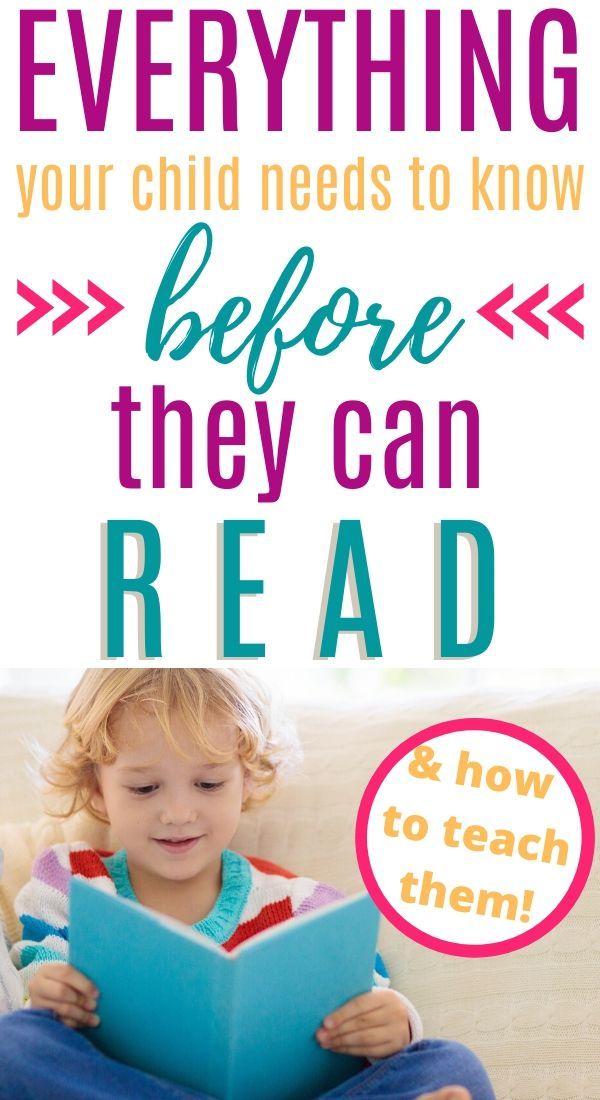
Once kids develop a level of automatization, they can sound out words almost instantly and only need to employ decoding with longer words. Phonics is best taught explicitly, sequentially, and systematically — which is the method HOMER uses.
If you’re looking for support helping your child learn phonics, our HOMER Learn & Grow app might be exactly what you need! With a proven reading pathway for your child, HOMER makes learning fun!
4) Balance Phonics And Sight Words
Sight words are also an important part of teaching your child how to read. These are common words that are usually not spelled the way they sound and can’t be decoded (sounded out).
Because we don’t want to undo the work your child has done to learn phonics, sight words should be memorized. But keep in mind that learning sight words can be challenging for many young children.
So, if you want to give your child a good start on their reading journey, it’s best to spend the majority of your time developing and reinforcing the information and skills needed to sound out words.
5) Talk A Lot
Even though talking is usually thought of as a speech-only skill, that’s not true. Your child is like a sponge. They’re absorbing everything, all the time, including the words you say (and the ones you wish they hadn’t heard)!
Talking with your child frequently and engaging their listening and storytelling skills can increase their vocabulary.
It can also help them form sentences, become familiar with new words and how they are used, as well as learn how to use context clues when someone is speaking about something they may not know a lot about.
All of these skills are extremely helpful for your child on their reading journey, and talking gives you both an opportunity to share and create moments you’ll treasure forever!
6) Keep It Light
Reading is about having fun and exploring the world (real and imaginary) through text, pictures, and illustrations. When it comes to reading, it’s better for your child to be relaxed and focused on what they’re learning than squeezing in a stressful session after a long day.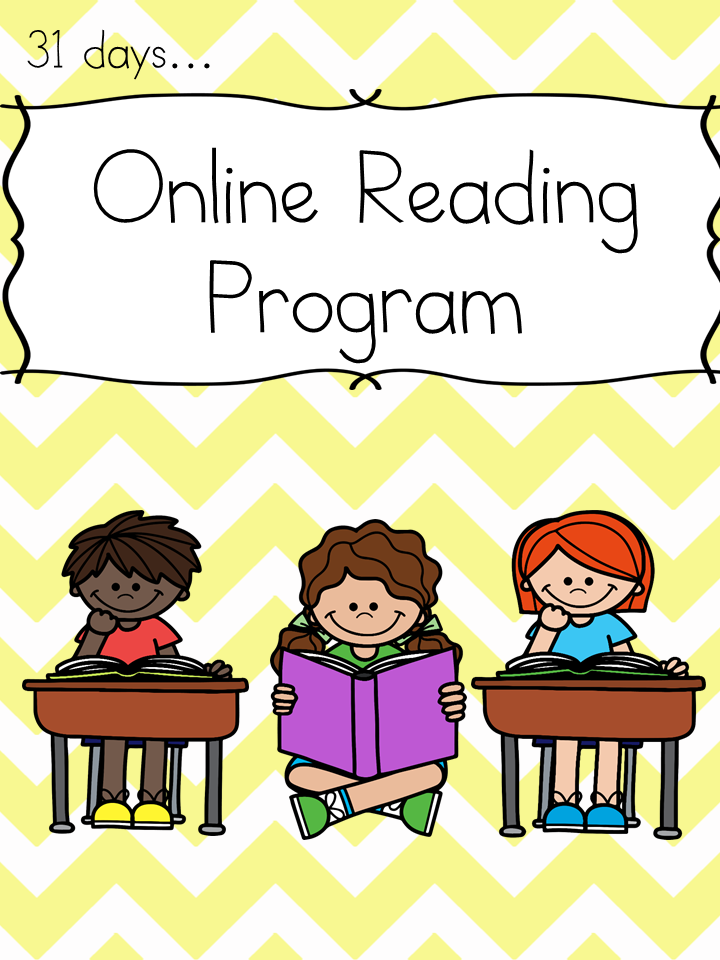
We’re about halfway through the list and want to give a gentle reminder that your child shouldn’t feel any pressure when it comes to reading — and neither should you!
Although consistency is always helpful, we recommend focusing on quality over quantity. Fifteen minutes might sound like a short amount of time, but studies have shown that 15 minutes a day of HOMER’s reading pathway can increase early reading scores by 74%!
It may also take some time to find out exactly what will keep your child interested and engaged in learning. That’s OK! If it’s not fun, lighthearted, and enjoyable for you and your child, then shake it off and try something new.
7) Practice Shared Reading
While you read with your child, consider asking them to repeat words or sentences back to you every now and then while you follow along with your finger.
There’s no need to stop your reading time completely if your child struggles with a particular word. An encouraging reminder of what the word means or how it’s pronounced is plenty!
Another option is to split reading aloud time with your child. For emerging readers, you can read one line and then ask them to read the next. For older children, reading one page and letting them read the next page is beneficial.
For emerging readers, you can read one line and then ask them to read the next. For older children, reading one page and letting them read the next page is beneficial.
Doing this helps your child feel capable and confident, which is important for encouraging them to read well and consistently!
This technique also gets your child more acquainted with the natural flow of reading. While they look at the pictures and listen happily to the story, they’ll begin to focus on the words they are reading and engage more with the book in front of them.
Rereading books can also be helpful. It allows children to develop a deeper understanding of the words in a text, make familiar words into “known” words that are then incorporated into their vocabulary, and form a connection with the story.
We wholeheartedly recommend rereading!
8) Play Word Games
Getting your child involved in reading doesn’t have to be about just books. Word games can be a great way to engage your child’s skills without reading a whole story at once.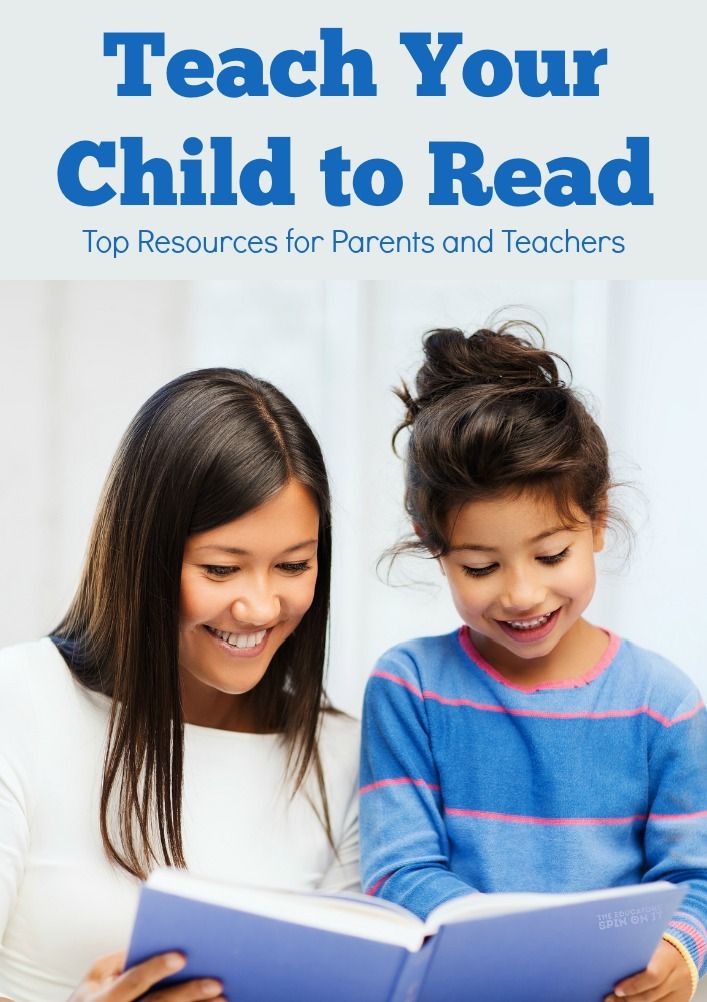
One of our favorite reading games only requires a stack of Post-It notes and a bunched-up sock. For this activity, write sight words or words your child can sound out onto separate Post-It notes. Then stick the notes to the wall.
Your child can then stand in front of the Post-Its with the bunched-up sock in their hands. You say one of the words and your child throws the sock-ball at the Post-It note that matches!
9) Read With Unconventional Materials
In the same way that word games can help your child learn how to read, so can encouraging your child to read without actually using books!
If you’re interested in doing this, consider using PlayDoh, clay, paint, or indoor-safe sand to form and shape letters or words.
Another option is to fill a large pot with magnetic letters. For emerging learners, suggest that they pull a letter from the pot and try to name the sound it makes. For slightly older learners, see if they can name a word that begins with the same sound, or grab a collection of letters that come together to form a word.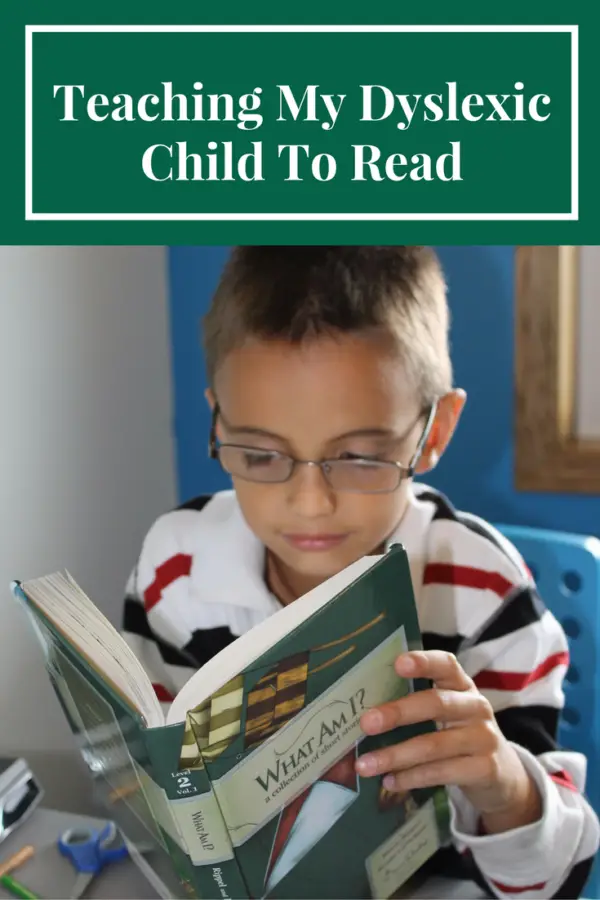
As your child becomes more proficient, you can scale these activities to make them a little more advanced. And remember to have fun with it!
Reading Comes With Time And Practice
Overall, we want to leave you with this: there is no single answer to how to teach a child to read. What works for your neighbor’s child may not work for yours –– and that’s perfectly OK!
Patience, practicing a little every day, and emphasizing activities that let your child enjoy reading are the things we encourage most. Reading is about fun, exploration, and learning!
And if you ever need a bit of support, we’re here for you! At HOMER, we’re your learning partner. Start your child’s reading journey with confidence with our personalized program plus expert tips and learning resources.
Author
Teaching children to read isn’t easy. How do kids actually learn to read?
A student in a Mississippi elementary school reads a book in class. Research shows young children need explicit, systematic phonics instruction to learn how to read fluently. Credit: Terrell Clark for The Hechinger Report
Research shows young children need explicit, systematic phonics instruction to learn how to read fluently. Credit: Terrell Clark for The Hechinger ReportTeaching kids to read isn’t easy; educators often feel strongly about what they think is the “right” way to teach this essential skill. Though teachers’ approaches may differ, the research is pretty clear on how best to help kids learn to read. Here’s what parents should look for in their children’s classroom.
How do kids actually learn how to read?
Research shows kids learn to read when they are able to identify letters or combinations of letters and connect those letters to sounds. There’s more to it, of course, like attaching meaning to words and phrases, but phonemic awareness (understanding sounds in spoken words) and an understanding of phonics (knowing that letters in print correspond to sounds) are the most basic first steps to becoming a reader.
If children can’t master phonics, they are more likely to struggle to read. That’s why researchers say explicit, systematic instruction in phonics is important: Teachers must lead students step by step through a specific sequence of letters and sounds. Kids who learn how to decode words can then apply that skill to more challenging words and ultimately read with fluency. Some kids may not need much help with phonics, especially as they get older, but experts say phonics instruction can be essential for young children and struggling readers “We don’t know how much phonics each kid needs,” said Anders Rasmussen, principal of Wood Road Elementary School in Ballston Spa, New York, who recently led the transformation of his schools’ reading program to a research-based, structured approach. “But we know no kid is hurt by getting too much of it.”
That’s why researchers say explicit, systematic instruction in phonics is important: Teachers must lead students step by step through a specific sequence of letters and sounds. Kids who learn how to decode words can then apply that skill to more challenging words and ultimately read with fluency. Some kids may not need much help with phonics, especially as they get older, but experts say phonics instruction can be essential for young children and struggling readers “We don’t know how much phonics each kid needs,” said Anders Rasmussen, principal of Wood Road Elementary School in Ballston Spa, New York, who recently led the transformation of his schools’ reading program to a research-based, structured approach. “But we know no kid is hurt by getting too much of it.”
How should your child’s school teach reading?
Timothy Shanahan, a professor emeritus at the University of Illinois at Chicago and an expert on reading instruction, said phonics are important in kindergarten through second grade and phonemic awareness should be explicitly taught in kindergarten and first grade.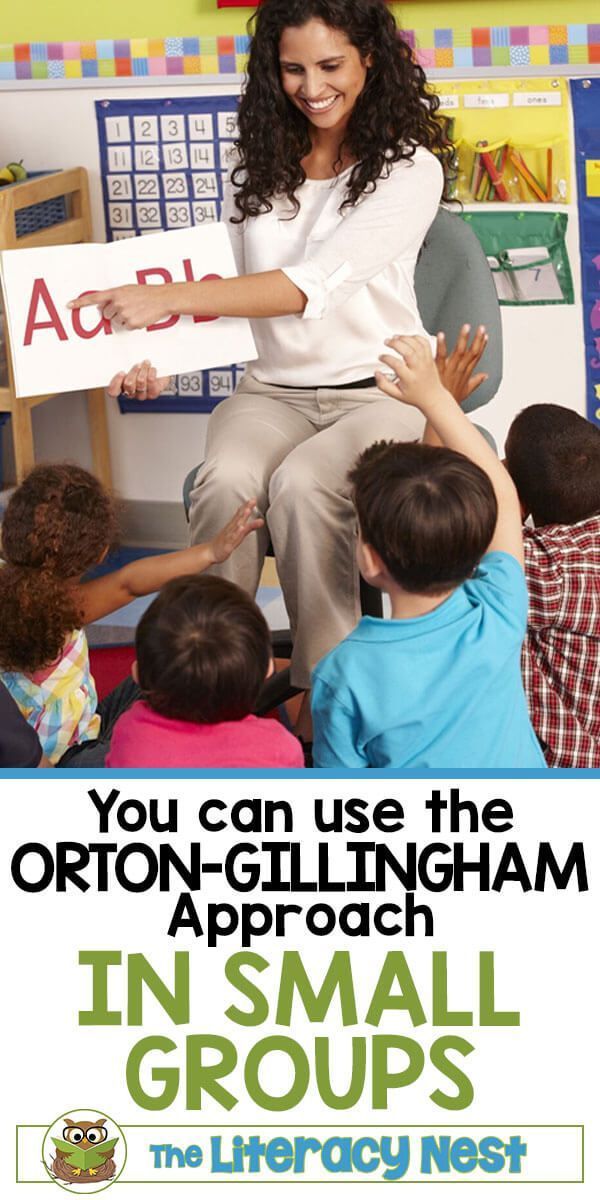 This view has been underscored by experts in recent years as the debate over reading instruction has intensified. But teaching kids how to read should include more than phonics, said Shanahan. They should also be exposed to oral reading, reading comprehension and writing.
This view has been underscored by experts in recent years as the debate over reading instruction has intensified. But teaching kids how to read should include more than phonics, said Shanahan. They should also be exposed to oral reading, reading comprehension and writing.
The wars over how to teach reading are back. Here’s the four things you need to know.
Wiley Blevins, an author and expert on phonics, said a good test parents can use to determine whether a child is receiving research-based reading instruction is to ask their child’s teacher how reading is taught. “They should be able to tell you something more than ‘by reading lots of books’ and ‘developing a love of reading.’ ” Blevins said. Along with time dedicated to teaching phonics, Blevins said children should participate in read-alouds with their teacher to build vocabulary and content knowledge. “These read-alouds must involve interactive conversations to engage students in thinking about the content and using the vocabulary,” he said.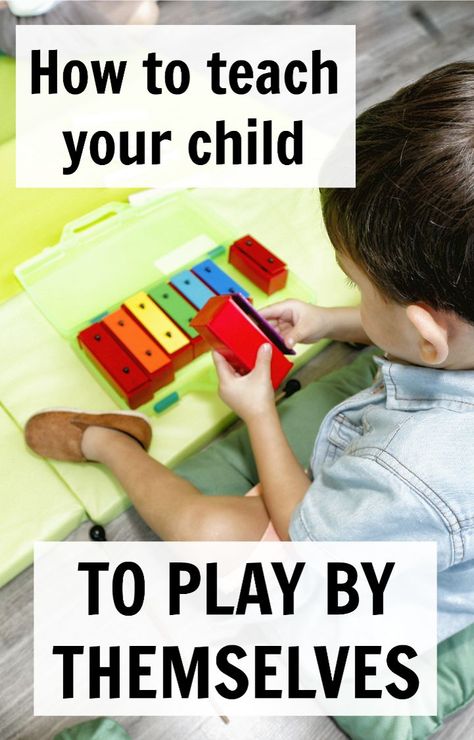 “Too often, when time is limited, the daily read-alouds are the first thing left out of the reading time. We undervalue its impact on reading growth and must change that.”
“Too often, when time is limited, the daily read-alouds are the first thing left out of the reading time. We undervalue its impact on reading growth and must change that.”
Rasmussen’s school uses a structured approach: Children receive lessons in phonemic awareness, phonics, pre-writing and writing, vocabulary and repeated readings. Research shows this type of “systematic and intensive” approach in several aspects of literacy can turn children who struggle to read into average or above-average readers.
What should schools avoid when teaching reading?
Educators and experts say kids should be encouraged to sound out words, instead of guessing. “We really want to make sure that no kid is guessing,” Rasmussen said. “You really want … your own kid sounding out words and blending words from the earliest level on.” That means children are not told to guess an unfamiliar word by looking at a picture in the book, for example. As children encounter more challenging texts in later grades, avoiding reliance on visual cues also supports fluent reading.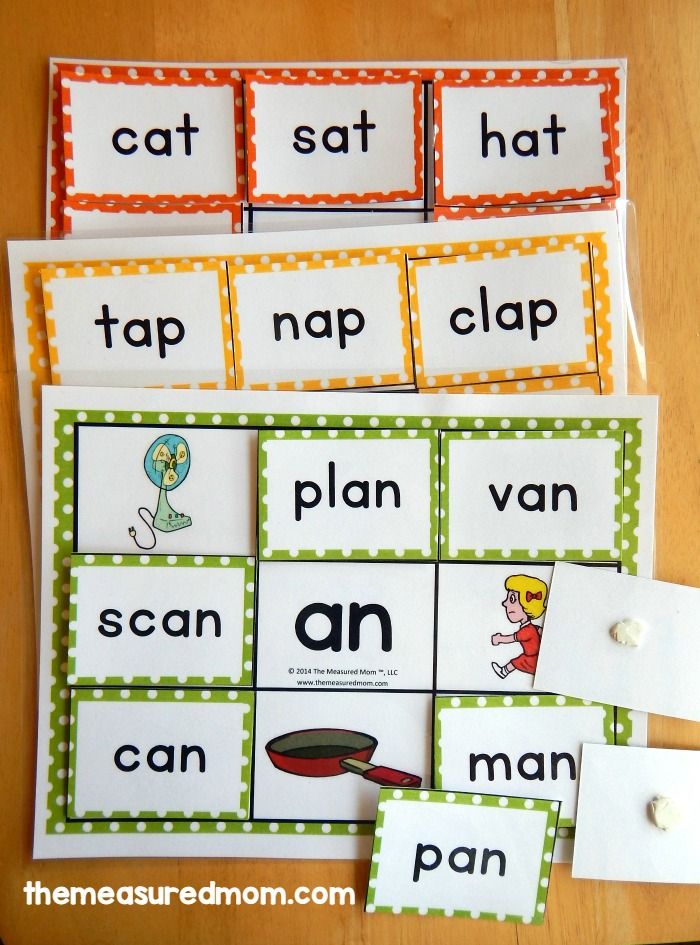 “When they get to ninth grade and they have to read “Of Mice and Men,” there are no picture cues,” Rasmussen said.
“When they get to ninth grade and they have to read “Of Mice and Men,” there are no picture cues,” Rasmussen said.
Related: Teacher Voice: We need phonics, along with other supports, for reading
Blevins and Shanahan caution against organizing books by different reading levels and keeping students at one level until they read with enough fluency to move up to the next level. Although many people may think keeping students at one level will help prevent them from getting frustrated and discouraged by difficult texts, research shows that students actually learn more when they are challenged by reading materials.
Blevins said reliance on “leveled books” can contribute to “a bad habit in readers.” Because students can’t sound out many of the words, they rely on memorizing repeated words and sentence patterns, or on using picture clues to guess words. Rasmussen said making kids stick with one reading level — and, especially, consistently giving some kids texts that are below grade level, rather than giving them supports to bring them to grade level — can also lead to larger gaps in reading ability.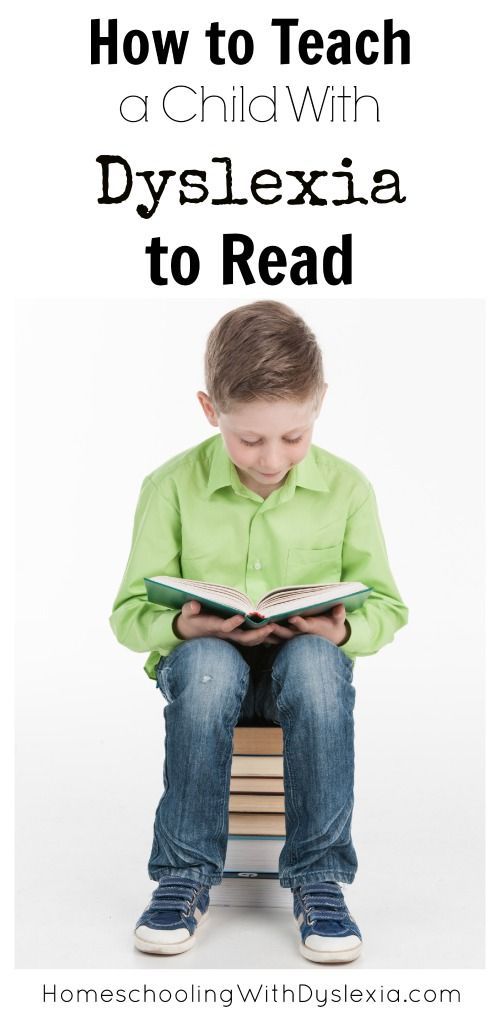
How do I know if a reading curriculum is effective?
Some reading curricula cover more aspects of literacy than others. While almost all programs have some research-based components, the structure of a program can make a big difference, said Rasmussen. Watching children read is the best way to tell if they are receiving proper instruction — explicit, systematic instruction in phonics to establish a foundation for reading, coupled with the use of grade-level texts, offered to all kids.
Parents who are curious about what’s included in the curriculum in their child’s classroom can find sources online, like a chart included in an article by Readingrockets.org which summarizes the various aspects of literacy, including phonics, writing and comprehension strategies, in some of the most popular reading curricula.
Blevins also suggested some questions parents can ask their child’s teacher:
- What is your phonics scope and sequence?
“If research-based, the curriculum must have a clearly defined phonics scope and sequence that serves as the spine of the instruction.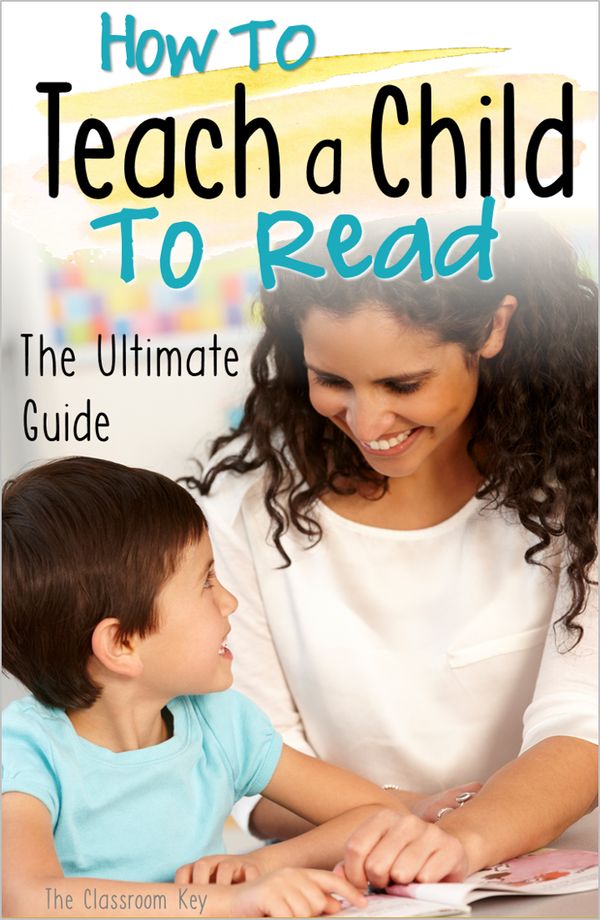 ” Blevins said.
” Blevins said.
- Do you have decodable readers (short books with words composed of the letters and sounds students are learning) to practice phonics?
“If no decodable or phonics readers are used, students are unlikely to get the amount of practice and application to get to mastery so they can then transfer these skills to all reading and writing experiences,” Blevins said. “If teachers say they are using leveled books, ask how many words can students sound out based on the phonics skills (teachers) have taught … Can these words be fully sounded out based on the phonics skills you taught or are children only using pieces of the word? They should be fully sounding out the words — not using just the first or first and last letters and guessing at the rest.”
- What are you doing to build students’ vocabulary and background knowledge? How frequent is this instruction? How much time is spent each day doing this?
“It should be a lot,” Blevins said, “and much of it happens during read-alouds, especially informational texts, and science and social studies lessons.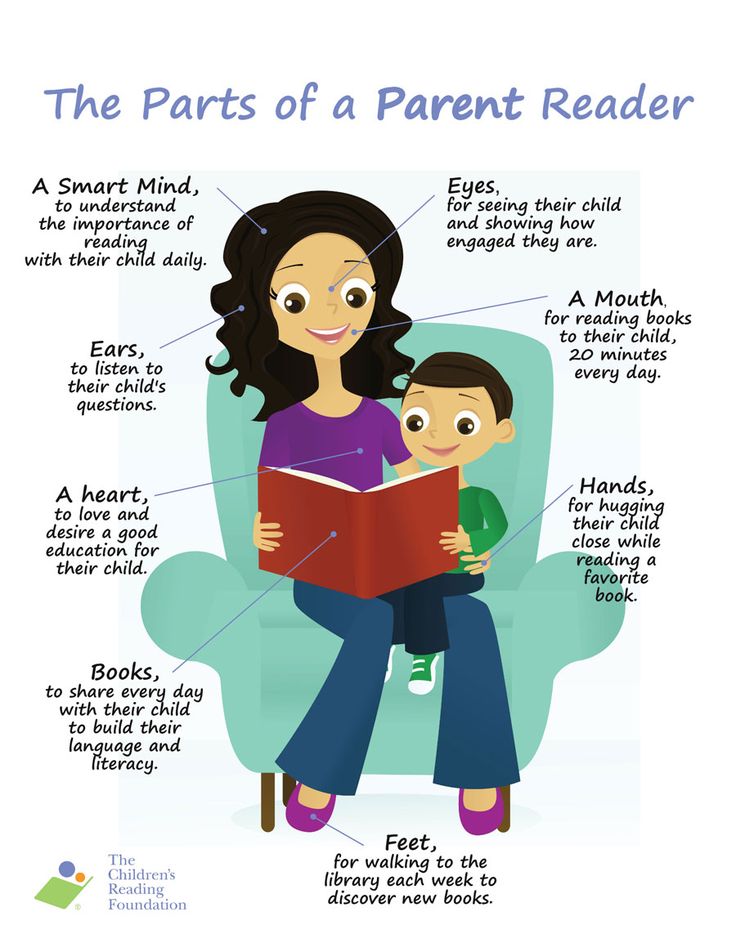 ”
”
- Is the research used to support your reading curriculum just about the actual materials, or does it draw from a larger body of research on how children learn to read? How does it connect to the science of reading?
Teachers should be able to answer these questions, said Blevins.
What should I do if my child isn’t progressing in reading?
When a child isn’t progressing, Blevins said, the key is to find out why. “Is it a learning challenge or is your child a curriculum casualty? This is a tough one.” Blevins suggested that parents of kindergarteners and first graders ask their child’s school to test the child’s phonemic awareness, phonics and fluency.
Parents of older children should ask for a test of vocabulary. “These tests will locate some underlying issues as to why your child is struggling reading and understanding what they read,” Blevins said. “Once underlying issues are found, they can be systematically addressed. ”
”
“We don’t know how much phonics each kid needs. But we know no kid is hurt by getting too much of it.”
Anders Rasmussen, principal of Wood Road Elementary School in Ballston Spa, New York
Rasmussen recommended parents work with their school if they are concerned about their children’s progress. By sitting and reading with their children, parents can see the kind of literacy instruction the kids are receiving. If children are trying to guess based on pictures, parents can talk to teachers about increasing phonics instruction.
“Teachers aren’t there doing necessarily bad things or disadvantaging kids purposefully or willfully,” Rasmussen said. “You have many great reading teachers using some effective strategies and some ineffective strategies.”
What can parents do at home to help their children learn to read?
Parents want to help their kids learn how to read but don’t want to push them to the point where they hate reading.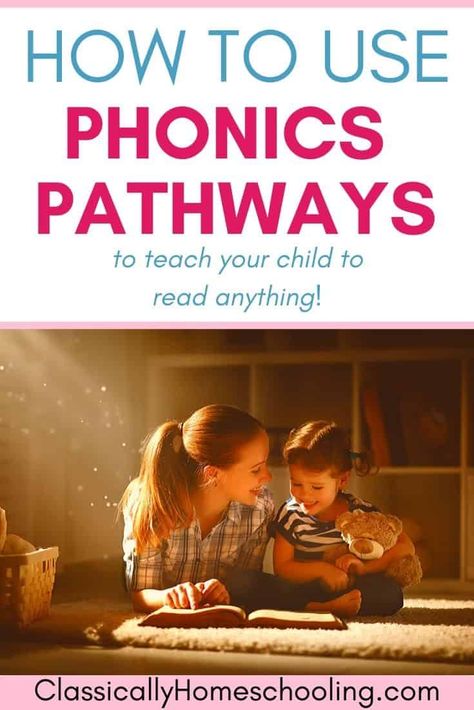 “Parents at home can fall into the trap of thinking this is about drilling their kid,” said Cindy Jiban, a former educator and current principal academic lead at NWEA, a research-based non-profit focused on assessments and professional learning opportunities. “This is unfortunate,” Jiban said. “It sets up a parent-child interaction that makes it, ‘Ugh, there’s this thing that’s not fun.’” Instead, Jiban advises making decoding playful. Here are some ideas:
“Parents at home can fall into the trap of thinking this is about drilling their kid,” said Cindy Jiban, a former educator and current principal academic lead at NWEA, a research-based non-profit focused on assessments and professional learning opportunities. “This is unfortunate,” Jiban said. “It sets up a parent-child interaction that makes it, ‘Ugh, there’s this thing that’s not fun.’” Instead, Jiban advises making decoding playful. Here are some ideas:
- Challenge kids to find everything in the house that starts with a specific sound.
- Stretch out one word in a sentence. Ask your child to “pass the salt” but say the individual sounds in the word “salt” instead of the word itself.
- Ask your child to figure out what every family member’s name would be if it started with a “b” sound.
- Sing that annoying “Banana fana fo fanna song.” Jiban said that kind of playful activity can actually help a kid think about the sounds that correspond with letters even if they’re not looking at a letter right in front of them.

- Read your child’s favorite book over and over again. For books that children know well, Jiban suggests that children use their finger to follow along as each word is read. Parents can do the same, or come up with another strategy to help kids follow which words they’re reading on a page.
Giving a child diverse experiences that seem to have nothing to do with reading can also help a child’s reading ability. By having a variety of experiences, Rasmussen said, children will be able to apply their own knowledge to better comprehend texts about various topics.
This story about teaching children to read was produced by The Hechinger Report, a nonprofit, independent news organization focused on inequality and innovation in education. Sign up for Hechinger’s newsletter.
The Hechinger Report provides in-depth, fact-based, unbiased reporting on education that is free to all readers. But that doesn't mean it's free to produce.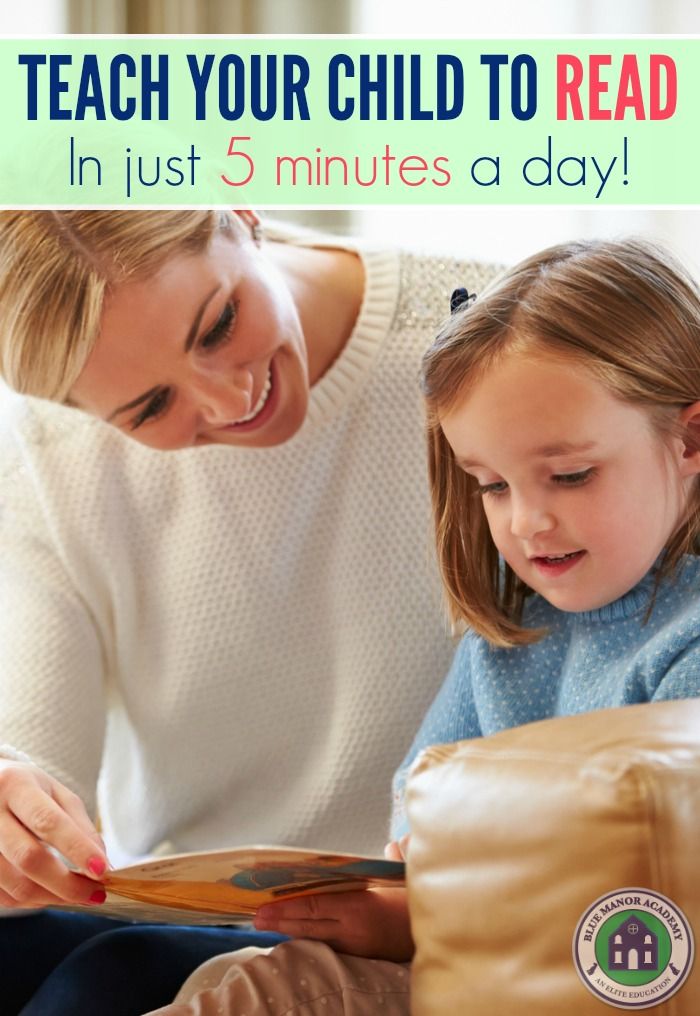 Our work keeps educators and the public informed about pressing issues at schools and on campuses throughout the country. We tell the whole story, even when the details are inconvenient. Help us keep doing that.
Our work keeps educators and the public informed about pressing issues at schools and on campuses throughout the country. We tell the whole story, even when the details are inconvenient. Help us keep doing that.
Join us today.
How I teach my children to read. Part 1
Find:The most common question asked is at what age to start teaching a child to read.
I don't have a definite answer to this question. Maria learned to read at the age of 4, Timur at 5, Galya at 8, Kirill at 7, Nina at 8, Vadim is studying now at the age of 7.
And what matters is not how old a child learned to read, but whether he fell in love with books, whether he becomes a reader. Indeed, for one child, reading is hard work, and for another, it is a pleasant rest.
Therefore, the main task that I set for myself when I begin to teach a child to read is to try to captivate him with this occupation. To show that a book is both entertainment, and a journey, and relaxation, and a source of knowledge, and a reason to think, to understand some things for yourself.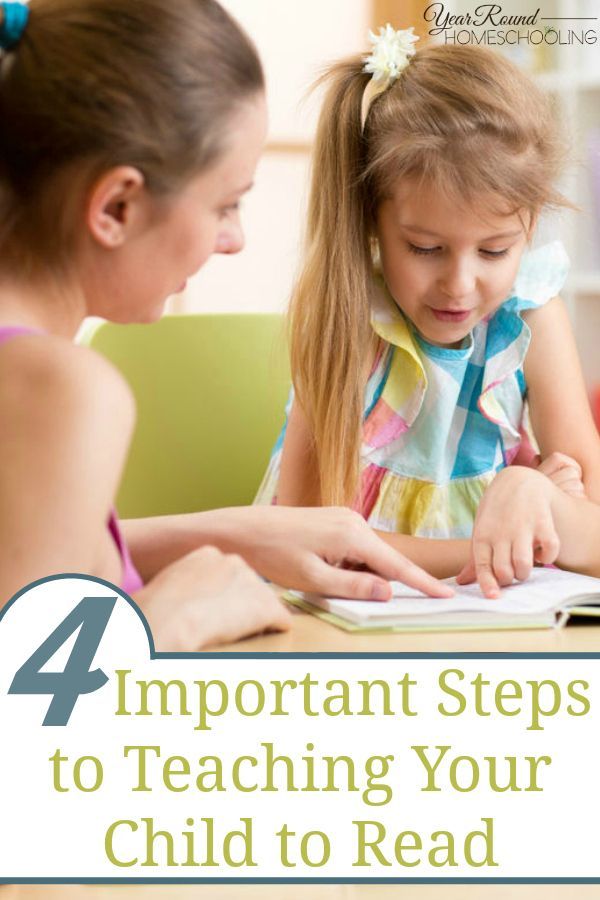
I try to start reading before my child starts school. Because everyone has their own pace of learning. One will figure it out in a couple of weeks and start reading in such a way that you won’t stop.
And another will need long months to get used to the letters, understand how they fit together and remember which way the word is read. And if you rush such a child, it will be so difficult for him that he will hate reading for sure.
Of the six children I had to teach to read, Nina was the hardest to teach, oddly enough. Practicing every day for a year, we moved - two steps forward, one step back.
Nina greeted each new step in her education with protest, she began to forget letters or read in the wrong direction, she cried and got angry, throwing sheets with words. We had to return again to the stage where it was easy for her, and once again on the rise to go to the place where we got stuck.
Of course, at school, no one will return anywhere, which means that it will become more and more difficult for an unsuccessful child, he will begin to believe that he is unsuccessful, and it will be very difficult to convince him of the opposite.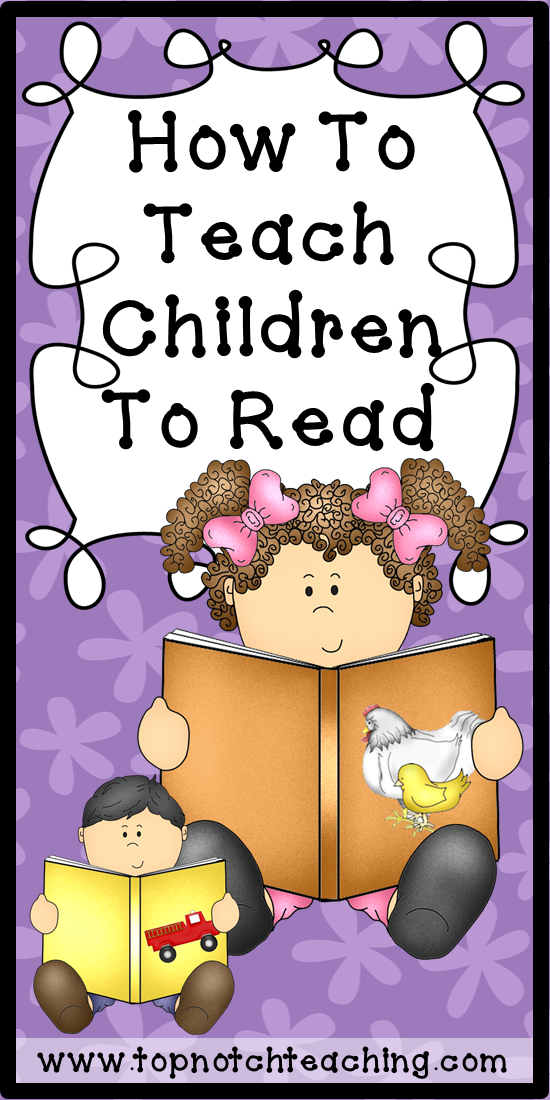
Therefore, I believe that haste in this matter is unacceptable. Just patience and daily practice.
Photo from the Likhunov family archive.
How I teach my children to read. Part 2
How I teach my children to read. Part 3
changeonelife.ru portal - the largest resource on the topic of family arrangements, which every day helps thousands of people get important information about foster parenting.
Parents read expert materials, learn about the experiences of other families and share their knowledge, find children in the database of video profiles. Volunteers disseminate information about children in need of a family.
If you think the work of the portal is important, please support it!
Support portal
“I am responsible for the future of my children, not the school”: what to teach children at home
Many parents think about family education.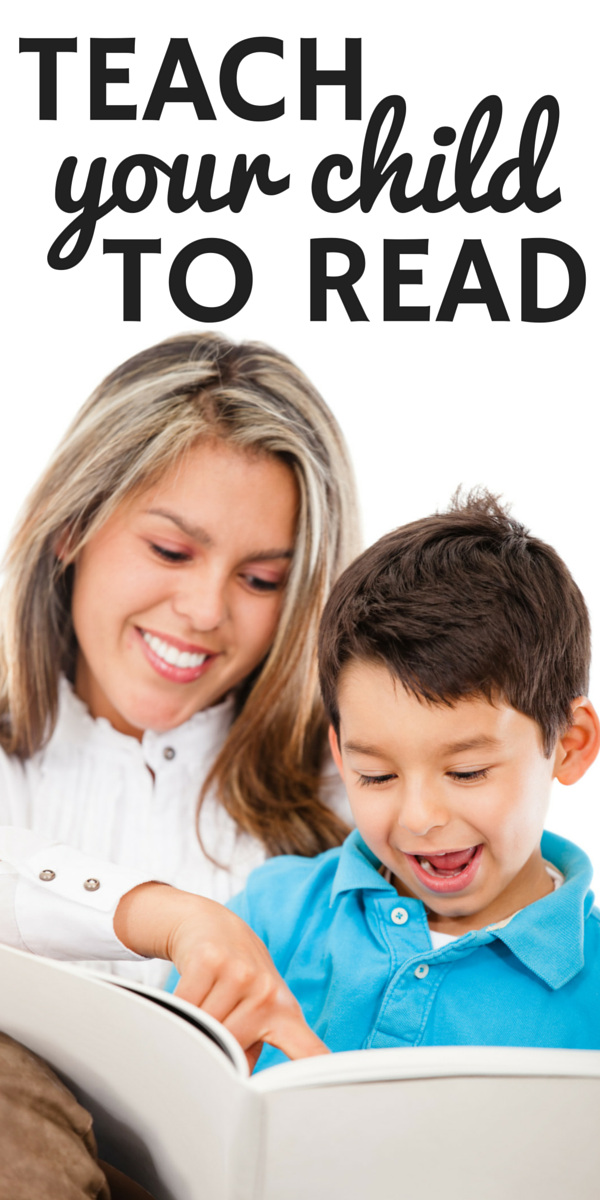 Now that schools have switched to distance learning, parents have the opportunity to try themselves as teachers and explain those topics that cannot be covered online. Our blogger, grandfather Yuri Nikolsky, told how and what he does with his grandchildren, supplementing the school curriculum.
Now that schools have switched to distance learning, parents have the opportunity to try themselves as teachers and explain those topics that cannot be covered online. Our blogger, grandfather Yuri Nikolsky, told how and what he does with his grandchildren, supplementing the school curriculum.
School education has long been universal. Someone completely relies on the state, and there are those who completely refuse the help of the state, transferring their children to home schooling. The majority prefers that children receive a school education, while providing additional knowledge and skills outside of school. More and more parents are hiring tutors. Usually, a tutor is associated with preparing for the exam. I drew attention to the growth in the volume of individual lessons to acquire additional knowledge and skills. I emphasize that individual lessons are not a circle or section where classes are in groups, and not tutoring, since it is not associated with passing the exam or with low academic performance.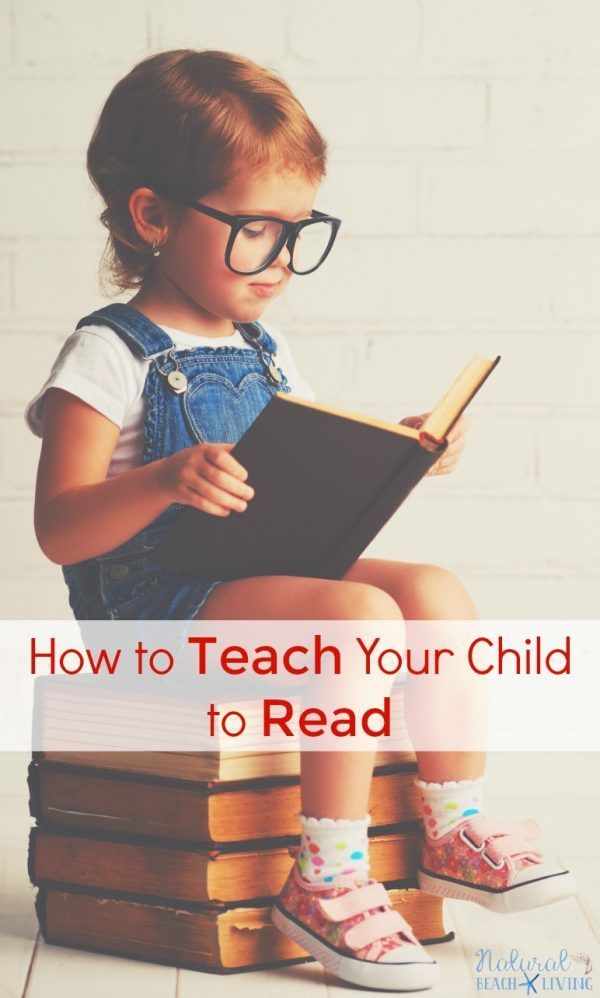
I adhere to the position that parents, not schools, are responsible for the future of children. School for me is just a state system that provides assistance to parents. Then I have no complaints about what is taught in it. This does not mean that I do not think about the quality of education. I cannot influence either the choice of subjects, or the choice of methods, or the choice of content, and even more so, how and what should be checked in the process and at the end of school education. I can only analyze in terms of skills and knowledge that the school does not provide. Then I think about what I can give my grandchildren myself. My classes take into account what my grandchildren get at school, in circles and in sections.
Homework does not fulfill the former functions of education
Each of us is familiar with the work of a public school. At least for the simple reason that we all studied in it. If someone received a general education outside of school, then this is such a rarity that I never had to meet them in my life, so first about school education.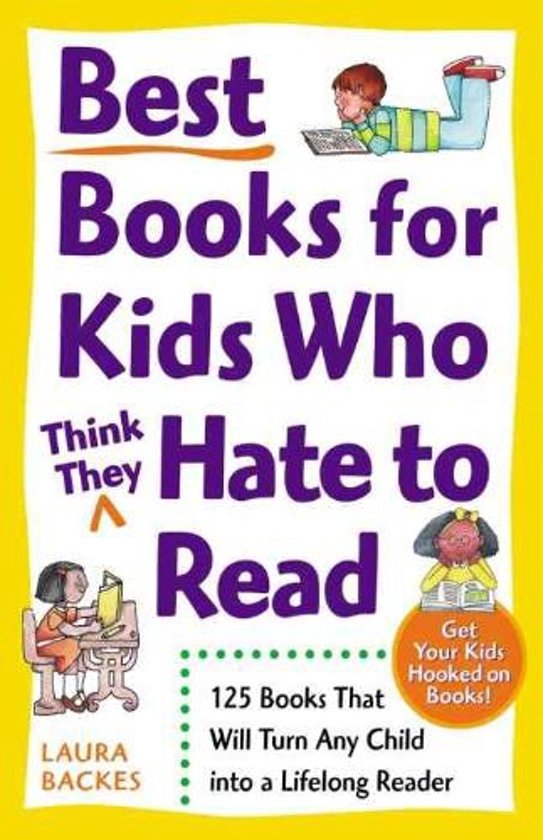
The student tries not to embarrass himself in the classroom, someone even wants to show his unique abilities, but for this you need to complete the task that the teacher gave at home. I remember that at labor lessons I was asked to embroider a cockerel with a cross. This was a terrible pain for me. Mom took pity on me by embroidering this cockerel, for which I was praised in front of the whole class. Sometimes my older sister did the math for me, and I just rewrote the solution. It was in those days when she wanted to go to the skating rink, but one of her mother would not let go. The next day, the mathematician praised me for my accuracy, which was not the case when I did the work myself.
Now my grandchildren do not allow me to do their homework, they do it on their own. If problems arise, they surf the Internet
Homework has a variety of purposes. It can be a consolidation of new material, it can be complicated by the fact that the process of its implementation forces you to remember something from the past. These are the easiest tasks. In the sense that they require actions according to certain rules and technologies. More complex tasks involve the inclusion of logic and the search for solutions.
These are the easiest tasks. In the sense that they require actions according to certain rules and technologies. More complex tasks involve the inclusion of logic and the search for solutions.
How will homework be done? After all, now it is not necessary to think about solving the problem, if it is enough to understand only the logic of the finished solution by finding it on the Internet. This is a normal temptation, if you remember that I myself was the same when my sister decided for me, and I only understood the solution and copied it into my notebook.
A normal child does not think about the learning goals laid down in the methods, but strives to get rid of homework as quickly as possible. You can not read a literary work, but get acquainted with the summary. And those who want to get a higher grade will find and read an analysis of the work on the Internet in order to impress the teacher with the depth of their own thought in a literature lesson. Formally, the task has been completed, but in fact the goal of the usual technique is failing. The technique worked out for decades does not work if the student has mastered the skills of searching for the necessary information on the Internet. Now the student will complete the task if the sequence of actions and explanations is in front of his eyes.
The technique worked out for decades does not work if the student has mastered the skills of searching for the necessary information on the Internet. Now the student will complete the task if the sequence of actions and explanations is in front of his eyes.
What should be done? It is obvious to me that we need to change the teaching methods at school. On the Internet, I most often read discussions about whether or not smartphones should be banned at school. They even offer to seize smartphones before class or at the entrance to the school. I immediately imagined the situation, how the child dropped the smartphone, it stopped working, then handed it over to the teacher, then screams that the smartphone does not work. Do I need to check all smartphones every time you take them away from students? But depriving a smartphone in class to preserve established methods is only a half measure. After all, the Internet will remain at home, and the teacher does not control homework. I allow my grandchildren to use the Internet, remembering the cockerel that my mother cross-stitched for me.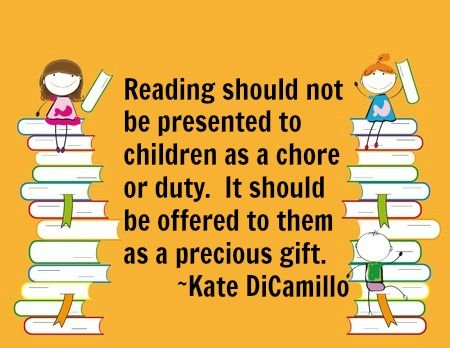
Finding what you need to complete a task is a valuable skill. The employer is not interested in how the employee performed the work. The main thing is fast and high quality. The teacher and the employer have different goals, therefore their attitude to the smartphone is different. And how should a parent feel about using a smartphone?
The child knows how to use the Internet, but then the most difficult homework tasks that are aimed at developing logical thinking are wasted
Or he has good logic, but there will be problems with employment, because he is too slow to complete the tasks of the employer. And the deadline for the firm is set by the market. If orders are completed faster in another company with the same quality, then customers will contact it. The company will burn out, and my grandson with developed logical thinking will be left without a job, as he did not master the Internet well.
It can be objected to me that not every profession will require working with the Internet.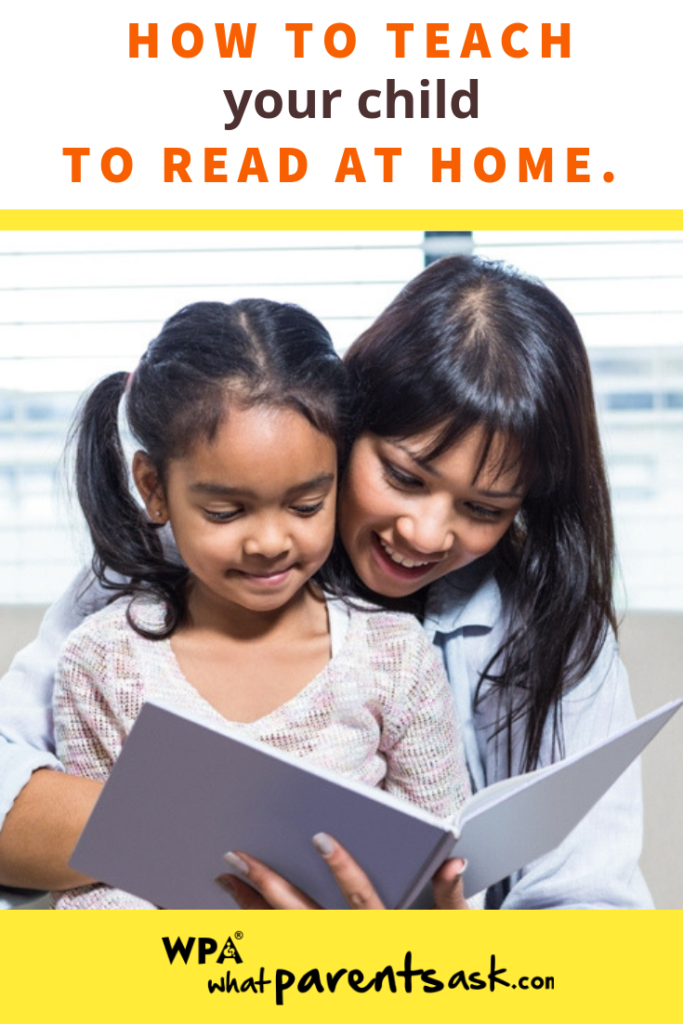 Agree. But I am preparing my grandchildren for those professions where modern technologies will be introduced. I am sure that the number of people who will not need to own the Internet to earn money will be less and less. To the traditional forms of evaluating a candidate for a position, they already add a check on the skills of working on the Internet. In addition, professional development requires online learning skills. I am preparing my grandchildren for just such a life. Therefore, grandchildren go to the gymnasium, where they do not take away smartphones, but use the Internet to improve the quality of education. But even there, the teacher uses the Internet only in the course of his work, and not to develop the skills of my grandchildren. The task of home schooling is to correct the shortcomings that are present in public school education.
Agree. But I am preparing my grandchildren for those professions where modern technologies will be introduced. I am sure that the number of people who will not need to own the Internet to earn money will be less and less. To the traditional forms of evaluating a candidate for a position, they already add a check on the skills of working on the Internet. In addition, professional development requires online learning skills. I am preparing my grandchildren for just such a life. Therefore, grandchildren go to the gymnasium, where they do not take away smartphones, but use the Internet to improve the quality of education. But even there, the teacher uses the Internet only in the course of his work, and not to develop the skills of my grandchildren. The task of home schooling is to correct the shortcomings that are present in public school education.
The computer is a tool for increasing motivation in learning
Preparation for the future life in all eras began from early childhood.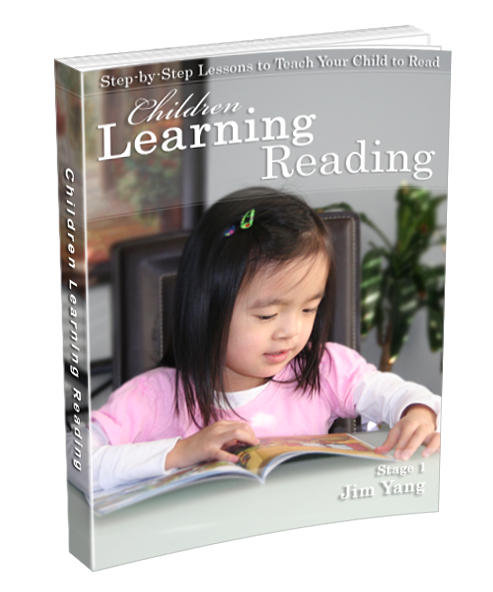 I decided that the use of a computer should be taught as soon as the child becomes interested in it. The development of motor skills of working with a mouse does not cancel the traditional forms of motor development, but only complements them.
I decided that the use of a computer should be taught as soon as the child becomes interested in it. The development of motor skills of working with a mouse does not cancel the traditional forms of motor development, but only complements them.
The child loves cartoons. By the icons on the computer he recognizes his favorites - the right to choose is granted. Shows an icon, and then watches a cartoon. This is how the primary acquaintance with the presentation of information on the computer screen occurs. At the next stage, we together choose a picture for coloring, and then print it out. It is interesting to color what he chose. This is how I introduce the latest technologies into traditional forms of child development.
After getting acquainted with the screen, I move on to practicing motor skills when working with the mouse through the Paint program. The emotional delight from the resulting drawing is reinforced by the fact that it is printed out, placed in a frame and hung next to the best drawings that the child painted with felt-tip pens.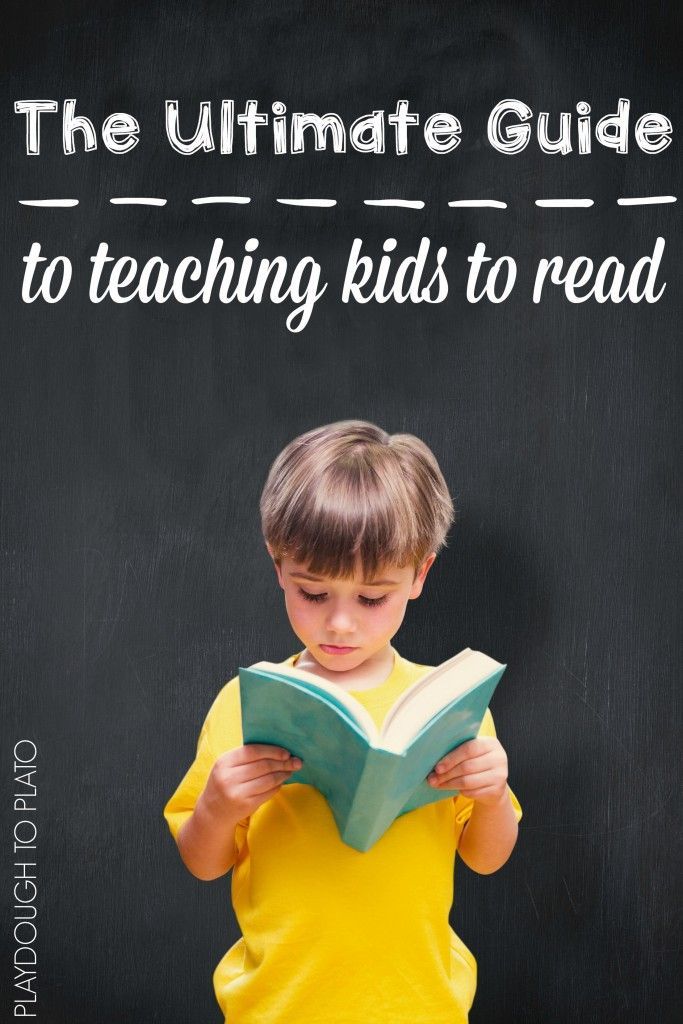 And at the age of six, with her granddaughter Yulia, they began to paint in oils. We bought ready-made kits, and then found recommendations on the Internet for the first steps of painting. Thus, a passion for painting was formed.
And at the age of six, with her granddaughter Yulia, they began to paint in oils. We bought ready-made kits, and then found recommendations on the Internet for the first steps of painting. Thus, a passion for painting was formed.
Started reading at the age of five. I know it should be syllabic, not alphabetic. We take a primer, and after mastering the next syllable, you can type it on the computer. The ability to tap the buttons stimulates the child to learn to read.
I left calligraphy to the school. I remember my lessons with my son. I decided to show him how to write when he was doing his homework in calligraphy. And… oh horror! Missed a letter. I focused so much on beauty that I made a mistake. So I realized that it is better to teach the child literacy first, and then let him learn calligraphy at school. I emphasize once again that I teach at home what is necessary for life, and let the school take care of the rest.
Literature teachers note two problems among high school students: low literacy and poor reading comprehension.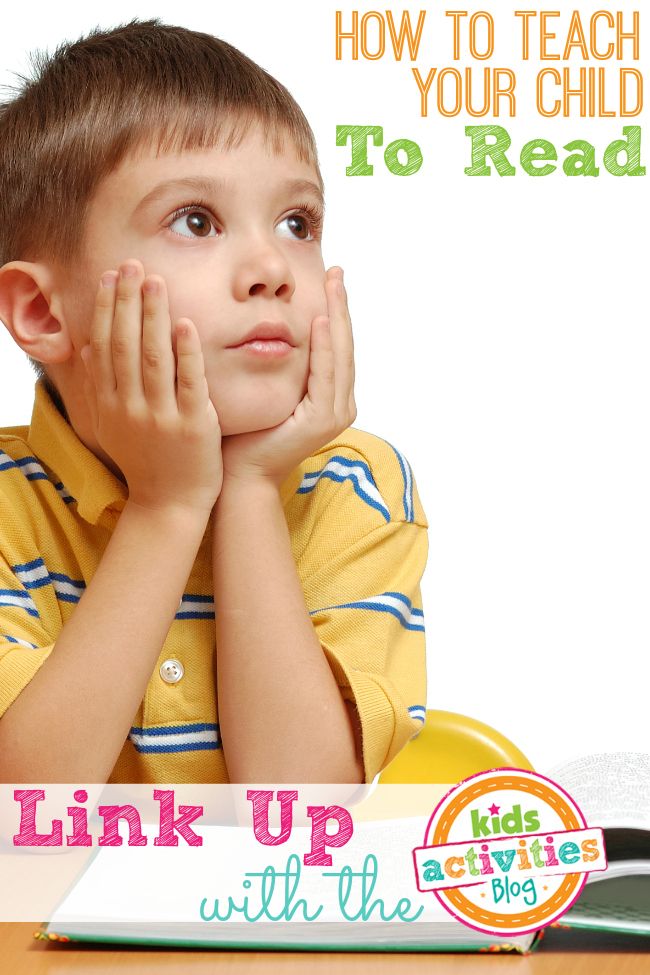 I asked the repeaters preparing for the exam in literature what is the biggest problem for them. They all adhere to the same opinion - the perception of the literary text has deteriorated in recent years. The perception of the text is formed in the course of dialogues. It is necessary to discuss what has been read with the child. This applies not only to literature, but to any subject.
I asked the repeaters preparing for the exam in literature what is the biggest problem for them. They all adhere to the same opinion - the perception of the literary text has deteriorated in recent years. The perception of the text is formed in the course of dialogues. It is necessary to discuss what has been read with the child. This applies not only to literature, but to any subject.
Literacy develops only among those who write. We write automatically, but we remember the rules when we have doubts. I am not surprised when the test for knowledge of the rules is completed, and there are continuous errors in the essay.
The inclusion of a computer in the learning process allows you to achieve better results in a shorter time. My goal is to teach the child to perceive the text and express his thoughts. I free the child's brain from other tasks, including calligraphy. Let him knock on the computer. In addition, errors on the computer are immediately visible, which is more useful for learning than receiving a notebook in a couple of days with red corrections from the teacher.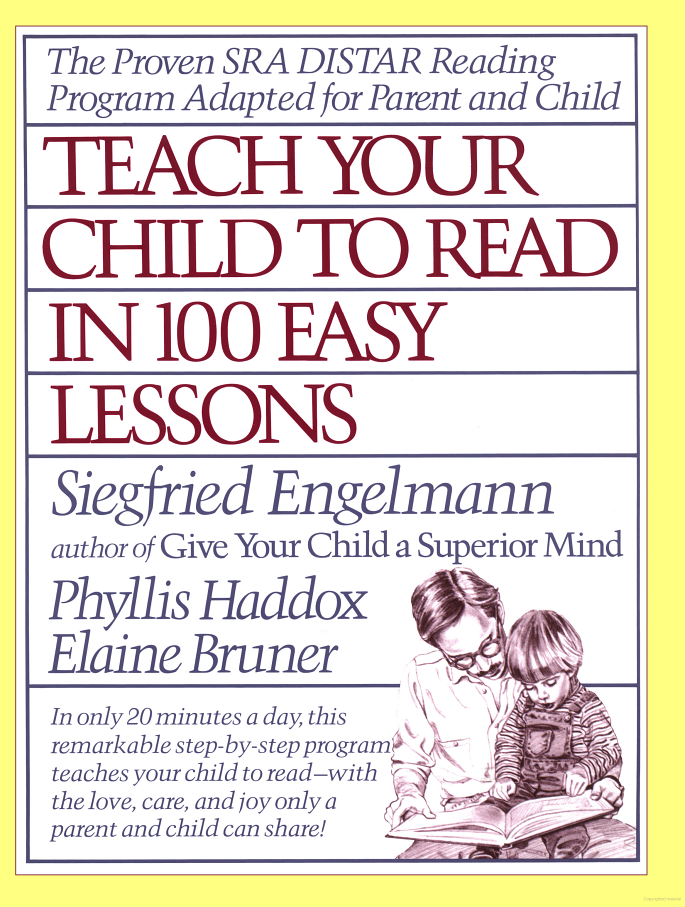
The long-awaited day came when the child learned to retell in detail what he had read on his own. Now I'm moving on to the next step. I form the ability to generalize. Please give me a title for a short story. There are many of them on the Internet. The child read - printed the title at the top of the text, and after the text at the bottom gave an illustration. So he is preparing to read a whole book. He will no longer understand individual episodes, but a sequence of events. He chooses the book himself. We read together and discuss. Only one chapter each time. We make a brief retelling of it. I help formulate, do not evaluate or correct his version, but offer my own. This is another principle of mine that differs from the school education system. Of course, he chooses my option, and he says to me: "Grandfather, I'm talking about the same thing, but you formulate it in an adult way." He also tries to formulate it in an adult way, and with each new chapter he gets better. This technique is more effective than where its version is corrected.
The grandson would not write a summary if it were not for the computer. It is more pleasant to type, the text is clearly visible, errors are immediately noticeable
Word underlined, and my grandson asked me the question: “Why?”. I did not explain the rules, but explained with examples. For example, in case of an error in an unstressed vowel, I gave a test word. Soon he himself, in case of an error, called the test word. It is not surprising that he then easily coped with the lessons in the Russian language, and he understood and assimilated the formal rules easily. It was nice to hear that my grandson has innate literacy. All thanks to the computer.
To start classes, I chose the book by Yuri Koval "The Adventures of Vasya Kurolesov." The grandson read with great interest, and then entered a summary into the computer. For additional motivation, his work was printed out, bound, and then presented to my grandmother for her birthday. Then he himself found a film based on this book and a continuation of the book on the Internet.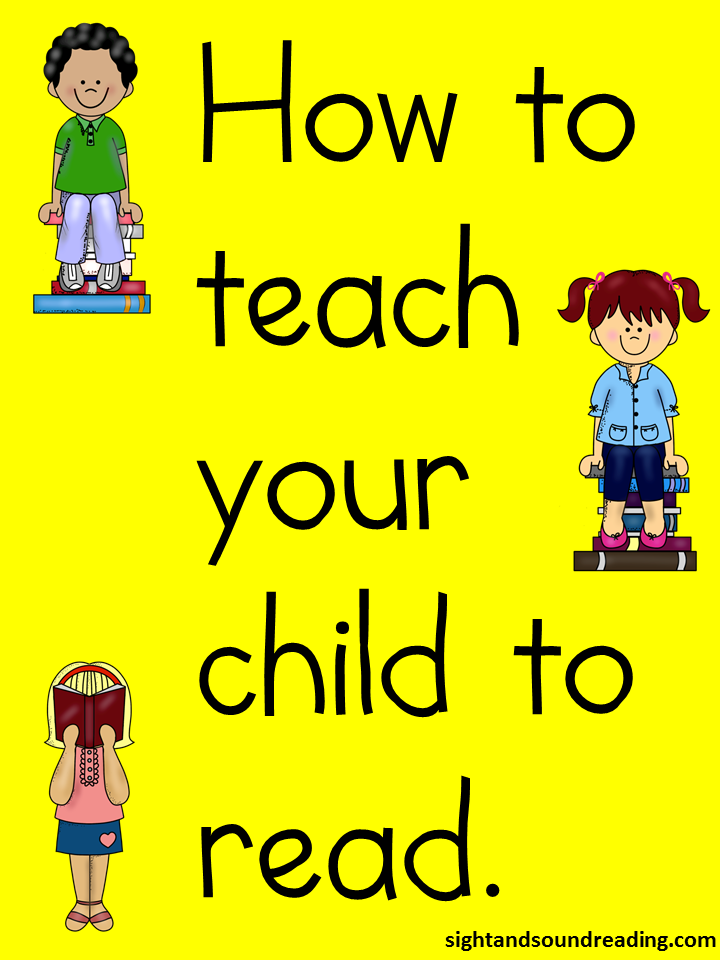 Went and bought. I began to teach him how to find books to read, in particular, I showed articles about books on Mel. Why exactly here? Because I describe my activities with my grandchildren in a blog on Mel. I always ask them to read and give their comments on my articles. This was another motivation to work with me.
Went and bought. I began to teach him how to find books to read, in particular, I showed articles about books on Mel. Why exactly here? Because I describe my activities with my grandchildren in a blog on Mel. I always ask them to read and give their comments on my articles. This was another motivation to work with me.
From retelling what I read, I moved on to analyzing the work when my grandchildren were 12-13 years old. Analysis is not in the school sense. The grandchildren had to type into the computer a few lines about their impressions of what they had read. It doesn't matter to me what exactly he writes. It is important that your own thought appears in printed form. But the teenager wants to show himself significant: he crawls into the Internet and cheats, as he is already used to doing for school teachers. But from me, who regularly conducts dialogues with him, he will only hear that I do not respect platitudes. It is they who fill the main information space. I expect independent thoughts from him.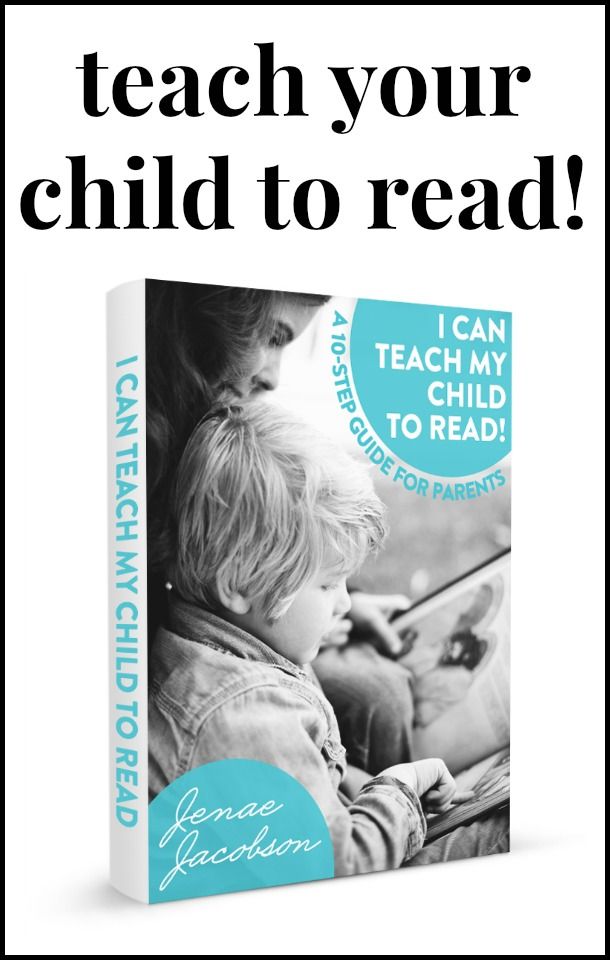 Otherwise, how can I choose for him to read what he will be interested in? This becomes another major topic of our conversations. I have to explain what banality is, why it is harmful, how it not only simplifies the author's thought, but usually distorts it.
Otherwise, how can I choose for him to read what he will be interested in? This becomes another major topic of our conversations. I have to explain what banality is, why it is harmful, how it not only simplifies the author's thought, but usually distorts it.
We do not analyze a literary work during home discussion in the same form as literature is studied at school. We read the name of the author and the years of creation of his masterpiece. The author wrote for the people of his era, and not for us. Be sure to acquaint my grandson with history, the basics of understanding life and morality in the years of the writer's life. This is very important, since there is no person in the school history course, but there are events and their interpretations.
When choosing the next book, I think over the topic of conversation. The book is just an excuse to talk about the problems that exist today
It is important for me to form a dialogue about love, friendship, the value of life, self-sacrifice, heroes, power, and so on.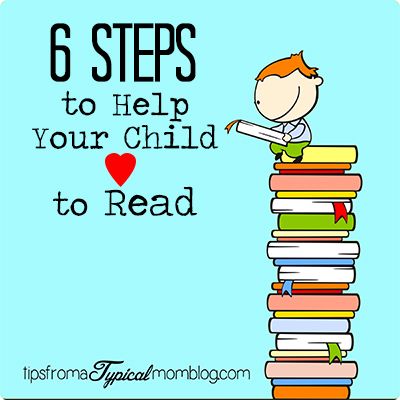 The book provides material for a conversation that will captivate us. Then a desire will form to read the book itself, and not its summary with comments to answer the teacher. This is another significant difference between home education and school education. There is no goal, as in school, to introduce all classical literature. We read in order to enjoy the conversation on the topic raised by the author.
The book provides material for a conversation that will captivate us. Then a desire will form to read the book itself, and not its summary with comments to answer the teacher. This is another significant difference between home education and school education. There is no goal, as in school, to introduce all classical literature. We read in order to enjoy the conversation on the topic raised by the author.
Internet source for scientific research in pedagogy
I only described my experience. Parents can take something from it, and it can also be used by those who are thinking about creating the latest methods in pedagogy. Where can I get material for scientific analysis to find options for using a computer in the learning process? After all, there is nothing like that in schools. And the personal experience of a novice scientist is not yet so extensive for his practice to be trusted to a sufficient degree. Again, the Internet can help here. People write about personal experiences on social networks and websites.